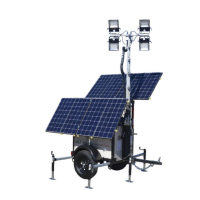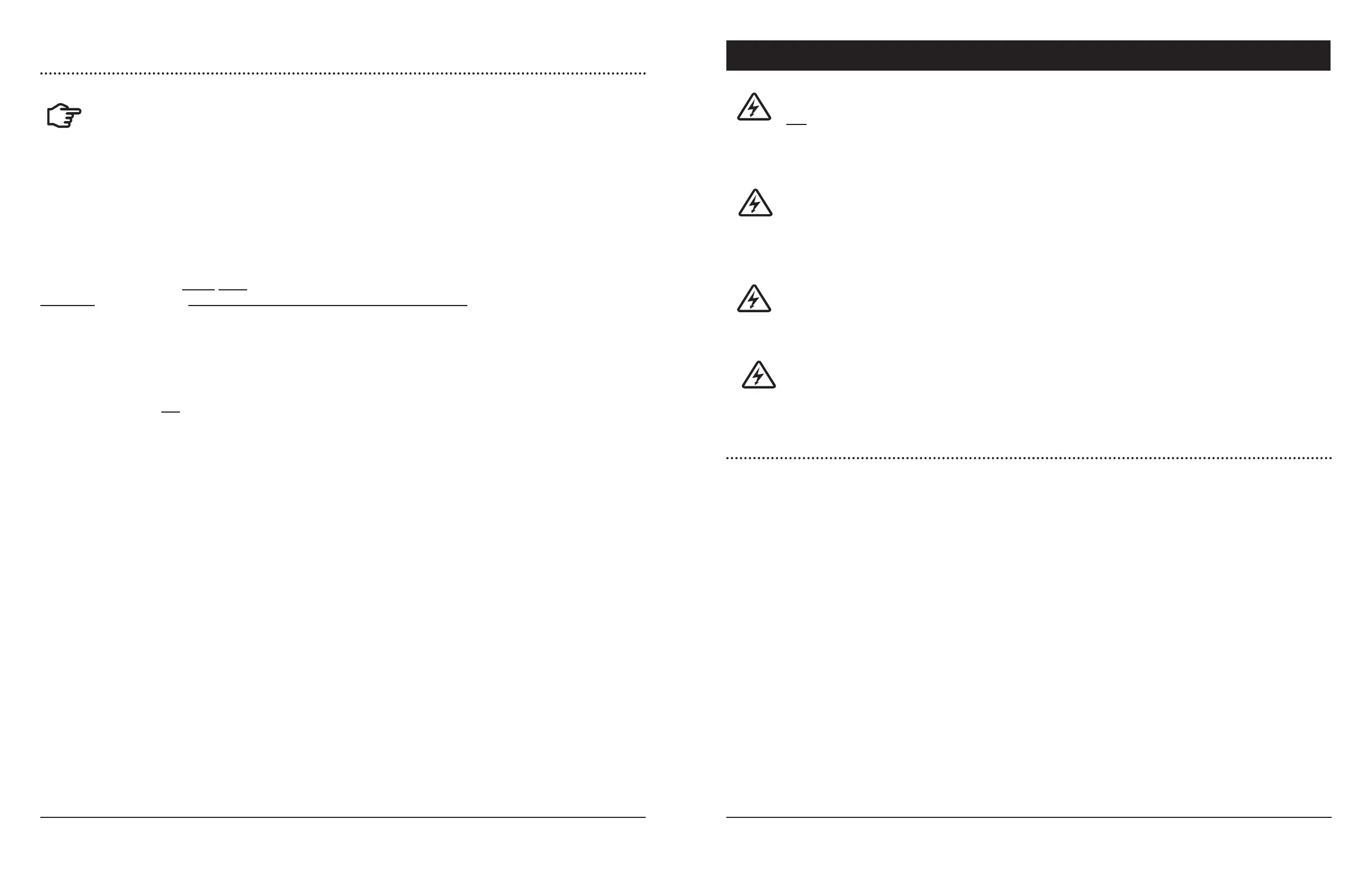61TriStar MPPT Operator’s Manual
60
Networking and Communication
SNMP Traps - ONLY WITH TS-MPPT-60, 60M, or using optional EMC-1
accessory
NOTE: The default IP port assignment for the SNMP
Trap Receiver is 162
Asynchronous SNMP traps are congured, and behave, similarly to e-mail/SMS alerts. An SNMP
trap receiver can be specied in MSView
TM
. When a specied condition is met (alarm, fault, custom
event), a trap is sent to the receiver, notifying it of the condition.
As with e-mail and SMS alerts, the Ethernet equipped controller may have traps triggered by condi-
tions of other MODBUS
TM
enabled units on an EIA-485 network.
For telecom and industrial applications that require full SNMP monitoring of deployed systems,
the TriStar MPPT 150V WILL NOT operate as an SNMP Agent supporting the commands below,
UNLESS, a Morningstar EMC-1 accessory is installed WITH the unit. Complete SNMP (v2c)
polling capabilities and implementation, available through the required EMC-1 accessory, are
described in Section 8.5 of the Morningstar Communications Document (Product Connectivity
Manual) and EMC-1 product manual located at:
morningstarcorp.com/support
NOTE: SNMP does not support the SET message, which allows a user to alter a setting on the
device. This precaution helps to minimize the security and operational risks associated with the
unveried user access. Morningstar’s MSView PC software can be used to make changes to device
settings, if desired.
GET
Method used by the SNMP manager to request information from a SNMP Agent on a specic OID.
GET NEXT
Method used by SNMP manager to work through an ordered list of OIDs according to the standard
MIB hierarchy.
GET BULK
A sequence of GetNext requests, allowing a large segment of the MIB hierarchy to be queried by the
SNMP manager from a managed device.
RESPONSE
Used by the SNMP Agent to deliver requested information. Also acts as an acknowledgment.
WARNING: RISK OF ELECTRICAL SHOCK.
NO POWER OR ACCESSORY TERMINALS ARE ELECTRICALLY ISOLATED FROM
DC INPUT, AND MAY BE ENERGIZED WITH HAZARDOUS SOLAR VOLTAGE. UNDER
CERTAIN FAULT CONDITIONS, BATTERY COULD BECOME OVER-CHARGED. TEST
BETWEEN ALL TERMINALS AND GROUND BEFORE TOUCHING.
AVERTISSEMENT: RISQUE DE CHOC ÉLETRIQUE.
NON ALIMENTATION OU AUX BORNES D’ACCESSOIRES SONT ISOLÉS ÉLECTRIQUE-
MENT DE L’ENTRÉE DE C.C ET DOIT ÊTRE ALIMENTÉS À UNE TENSION DANGEREUSE SO-
LAIRE. SOUS CERTAINES CONDITIONS DE DÉFAILLANCE, LA BATTERIE POURRAIT DEVENIR
TROP CHARGÉE. TEST ENTRE TOUTES LES BORNES ET LA MASSE AVANT DE TOUCHER.
WARNING: Shock Hazard
A means of disconnecting all power supply poles must be provided. These discon-
nects must be incorporated in the xed wiring. Open all power source disconnects before
removing controller wiring cover, or accessing wiring.
AVERTISSEMENT: Risque de décharge électrique
Un moyen de déconnexion de tous les poteaux d'alimentation doit être fourni.
Ceux-ci se déconnecte doit être intégrée dans le câblage fixe. Ouvrir que toutes les source
d'énergie se déconnecte avant de retirer le couvercle de la contrôleur, ou accès au câblage.
Battery Charging and Performance Issues
Problem:
No LED indications, controller does not appear to be powered
Solution:
With a multi-meter, check the voltage at the battery terminals on the TriStar MPPT 150V. Battery
voltage must be 8 Vdc or greater. If the voltage on the battery terminals of the controller is between 8
and 72 Vdc and no LEDs are lit, contact your authorized Morningstar dealer for service. If no voltage
is measured, check wiring connections, fuses, and breakers.
Problem:
The TriStar MPPT 150V is not charging the battery.
Solution:
Check the three (3) battery SOC LEDs. If they are ashing a sequence, see Section 4.4 Faults &
Alarms of this manual to determine the issue. If a TriStar Meter 2 is connected, the diagnostics menu
will display reported faults and alarms.
If the LED indications are normal, check the fuses, breakers, and wiring connections in the solar array
wiring. With a multi-meter, check the array voltage directly at the TriStar MPPT 150V solar input termi-
nals. Input voltage must be greater than battery voltage before charging will begin.
Troubleshooting6.0

